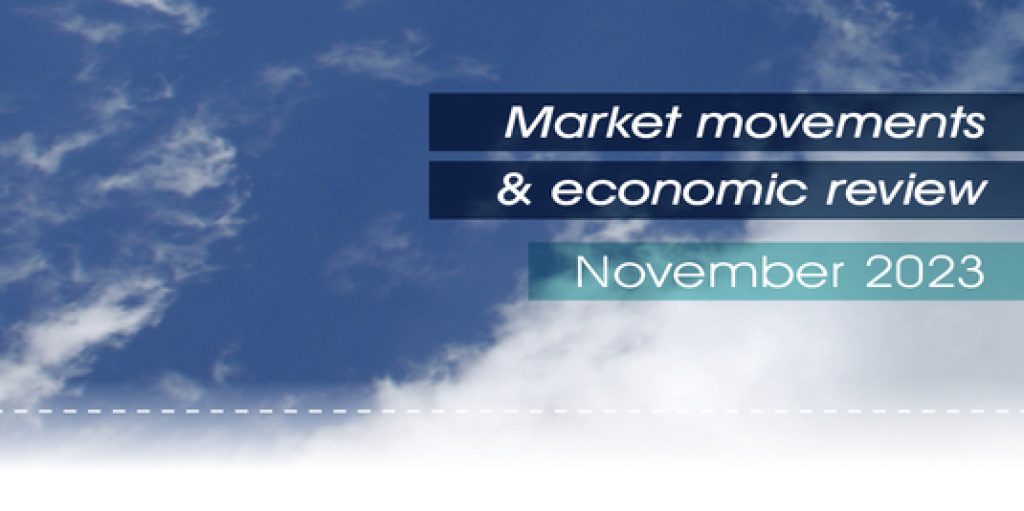Finding grants to help your business

Many small business owners are feeling the pinch after the tough years of COVID and high inflation, but receiving a business grant could be the helping hand you need.
If you know where to look, some extra dollars from the federal or your state/territory government could make all the difference between merely getting by and a flourishing business.
What grants are available?
Grants for small businesses range from a few hundred dollars to around $10,000. Some also provide support with securing loans, business introductions, or mentoring services.
The best place to start searching for a business grant is GrantConnect, a free database listing all Australian Government grant opportunities currently open to applicants.
Another important resource is the business.gov.au Grants and Programs Finder tool, which can help you find grants, funding and support from Australian Government agencies.
The government’s Australian Small Business Advisory Services program delivers tailored advice on adopting digital tools to save time and money, and to help expand your business. Businesses with fewer than 20 full-time (or equivalent) employees, as well as sole traders are eligible.
Tech companies can check out the government’s Landing Pads program. This helps tech businesses expand into new markets by providing valuable market insights, expansion strategies, network introductions and venture capital contacts.
Each state and territory offers a range of grants to encourage local businesses. Grants vary between states, so check the online database listing the programs for your state/territory to see if any are suitable for your business.
The NSW Government for example, has a searchable Grants and Funding database highlighting financial incentives for businesses, such as payroll tax rebates for employing apprentices and trainees and the $1,000 SafeWork rebate.
In WA, the Grants Assistance and Programs Register includes both national and local grants, including the New Industries Fund: Innovation Booster Grant and regional Local Capability Fund.
For Victorian-based small businesses, check out the government’s Grants and Programs online database.
If you haven’t found a suitable grant or program, another potential source of information is Grants Hub. Although you need to register for access, you can try it out for 14 days for free.
Read the fine print
When ‘free’ money is up for grabs there is always fierce competition, so it’s important to put in a strong application.
The process will be different for each grant, making it essential to read all the information provided before getting started. Also, check that you meet the criteria, as applications will only be considered from businesses meeting the eligibility requirements.
It’s important to tailor your application to meet the grant requirements and check you prepare all the required documentation. This needs to be in the specified format.
Applying for a grant can be time-consuming, so start early and don’t leave it until the last minute to get your documentation together.
Where to start
There are private operators who offer to find business grants for a fee, but details of government grants are freely available on GrantConnect and Business.gov.au, or your state government’s website.
Small business and industry associations sometimes offer grants, so it may also be worth checking the relevant one for your business.
An easy way to find additional funding opportunities can also be to talk to us, as we can help you with government tax programs, such as the small business tax write‑off.
If the grant application process seems too time-consuming, consider hiring someone to help. While a consultant can write your application, grants are awarded on merit and using one will not give you any special access or consideration.
If you need help with finding or applying for a business grant, call our office today.









